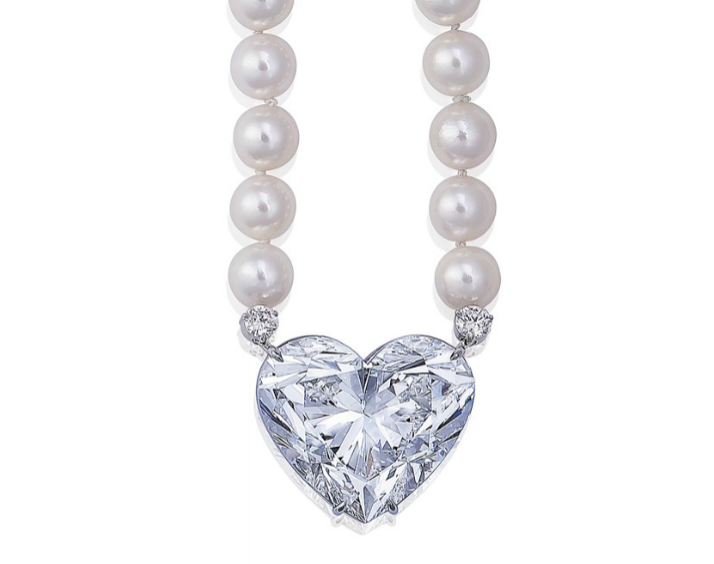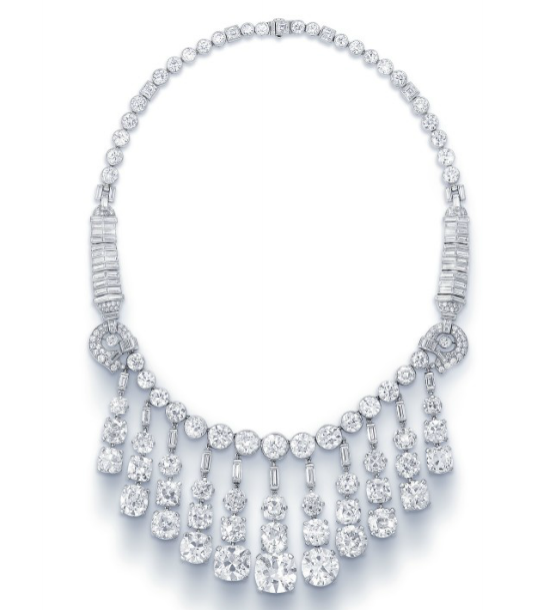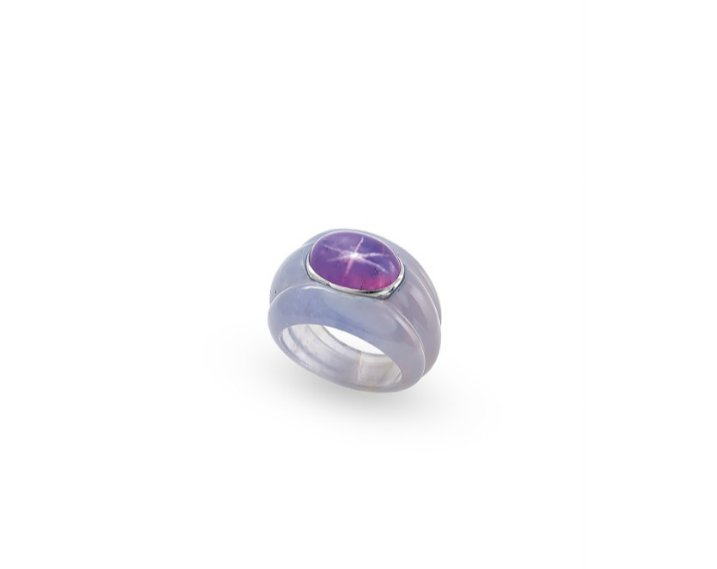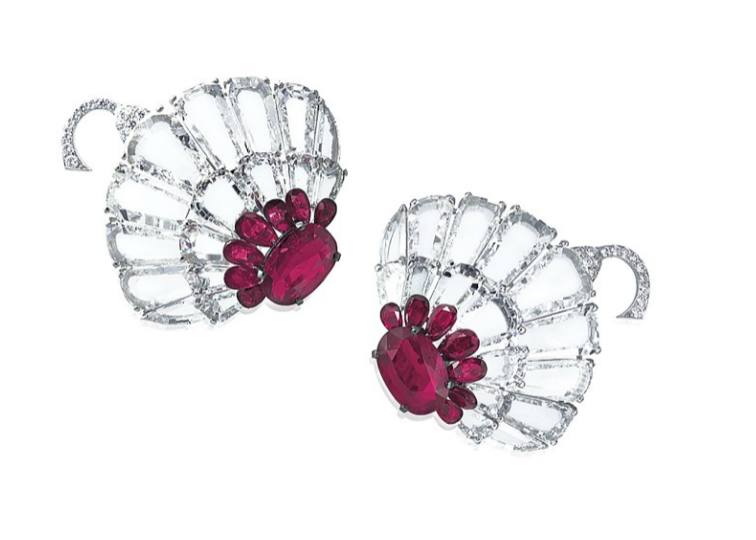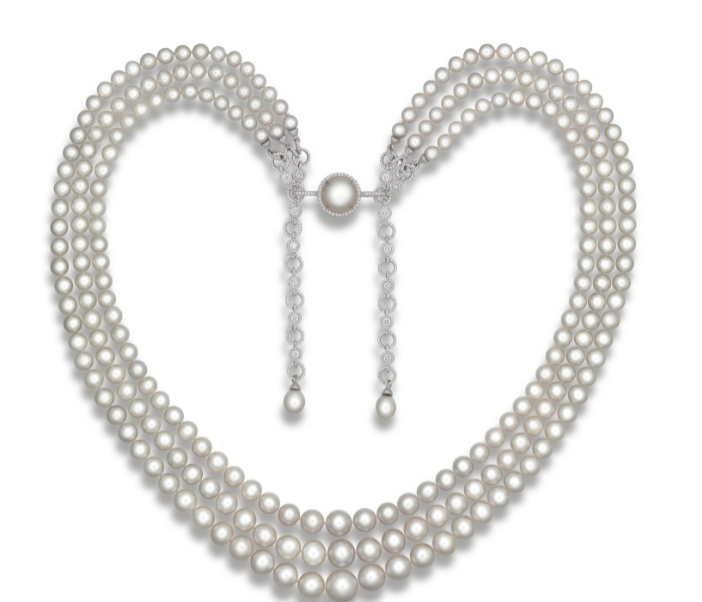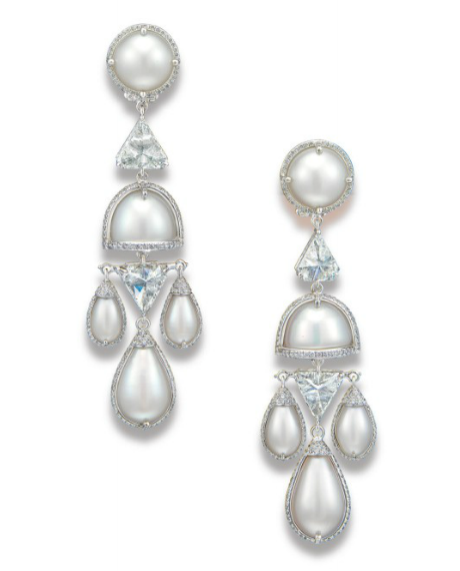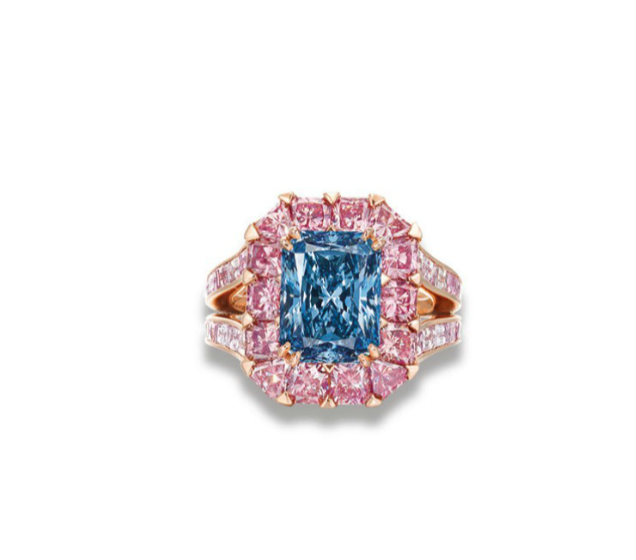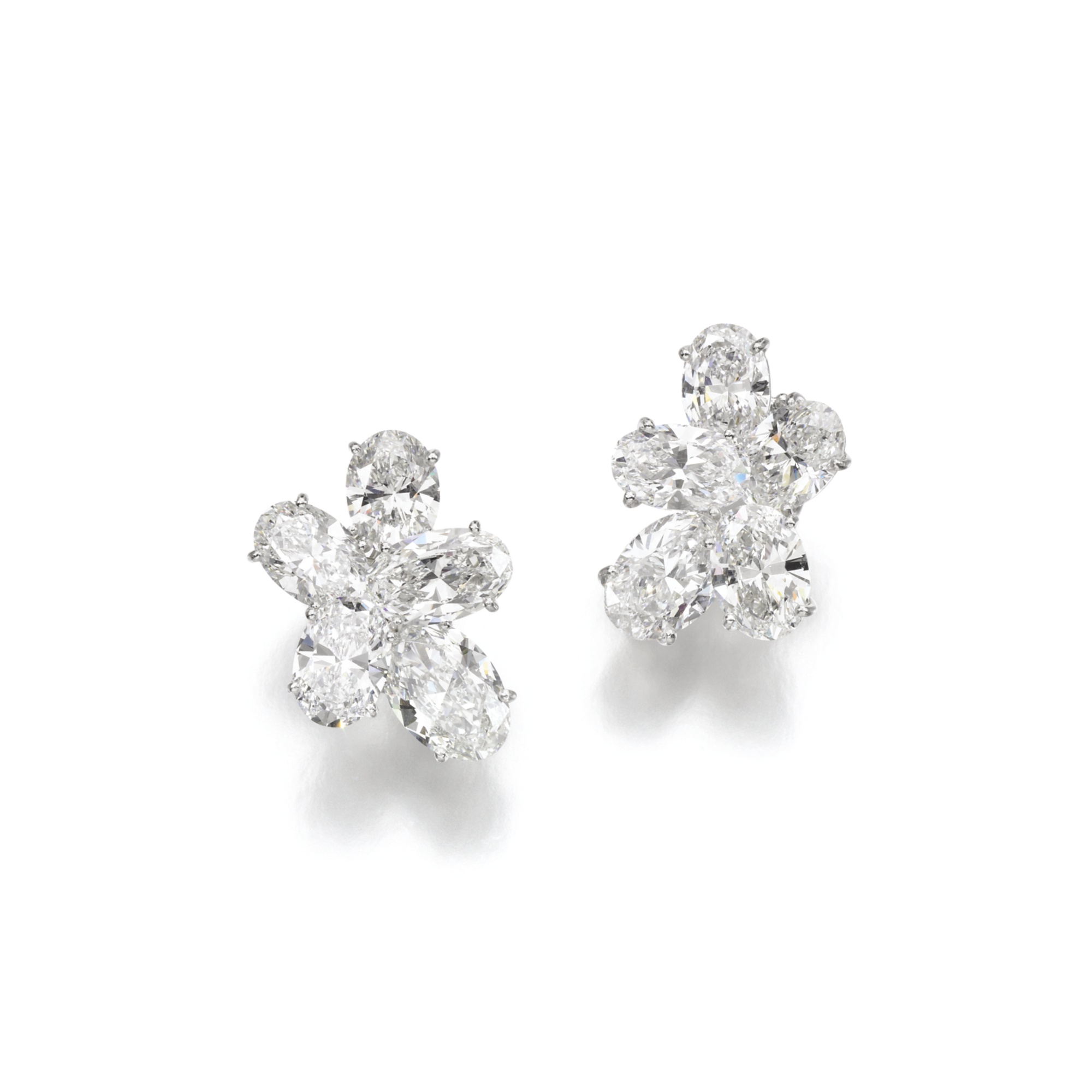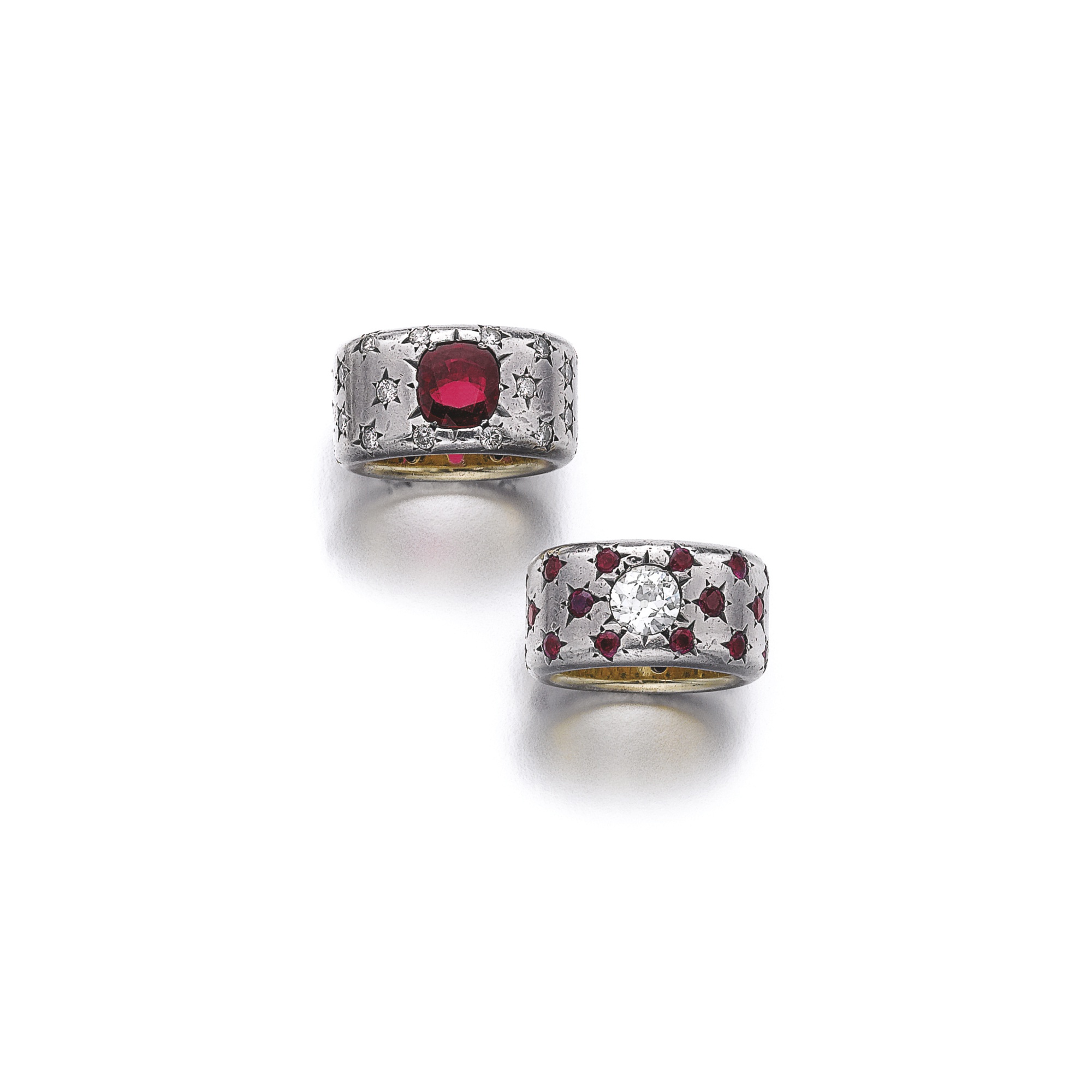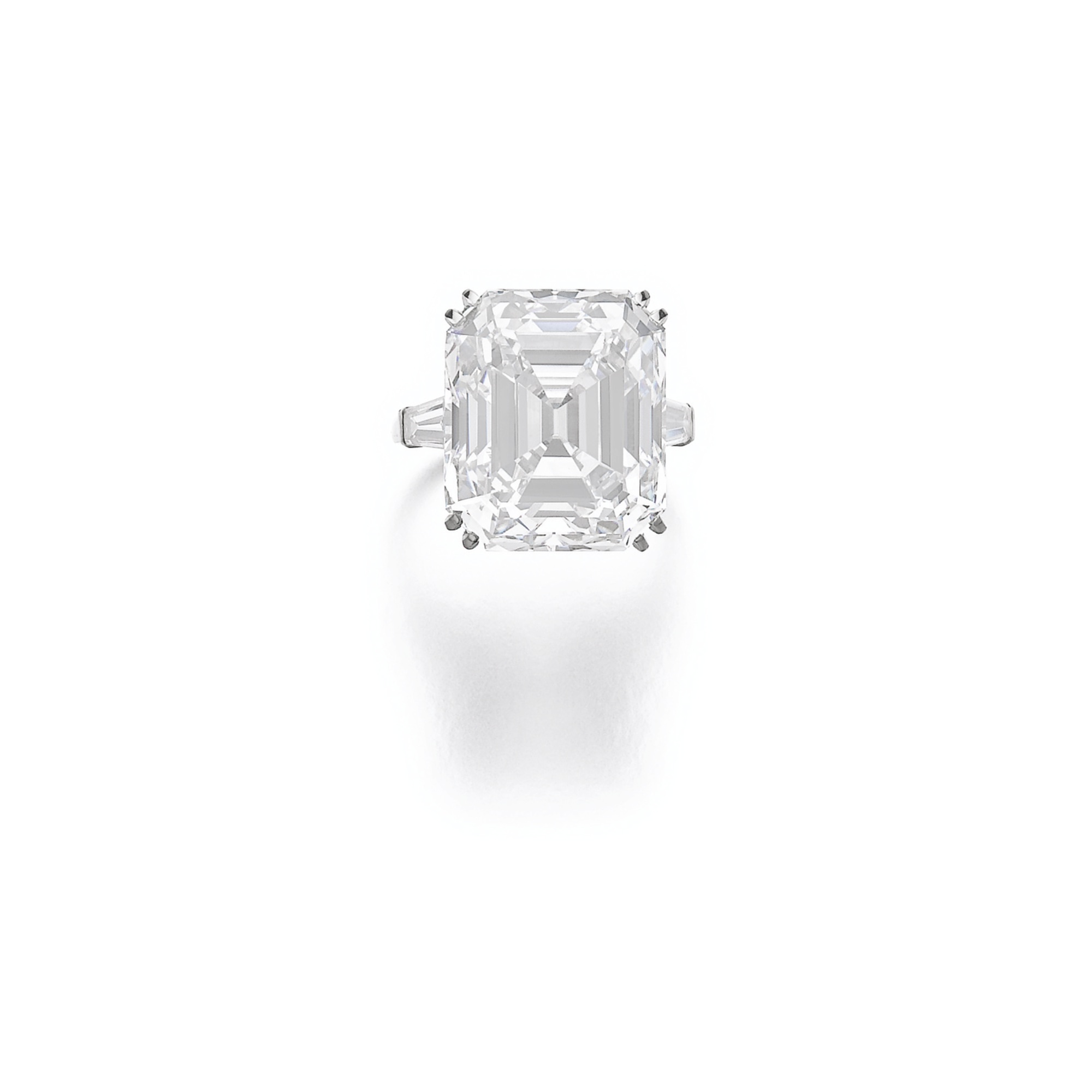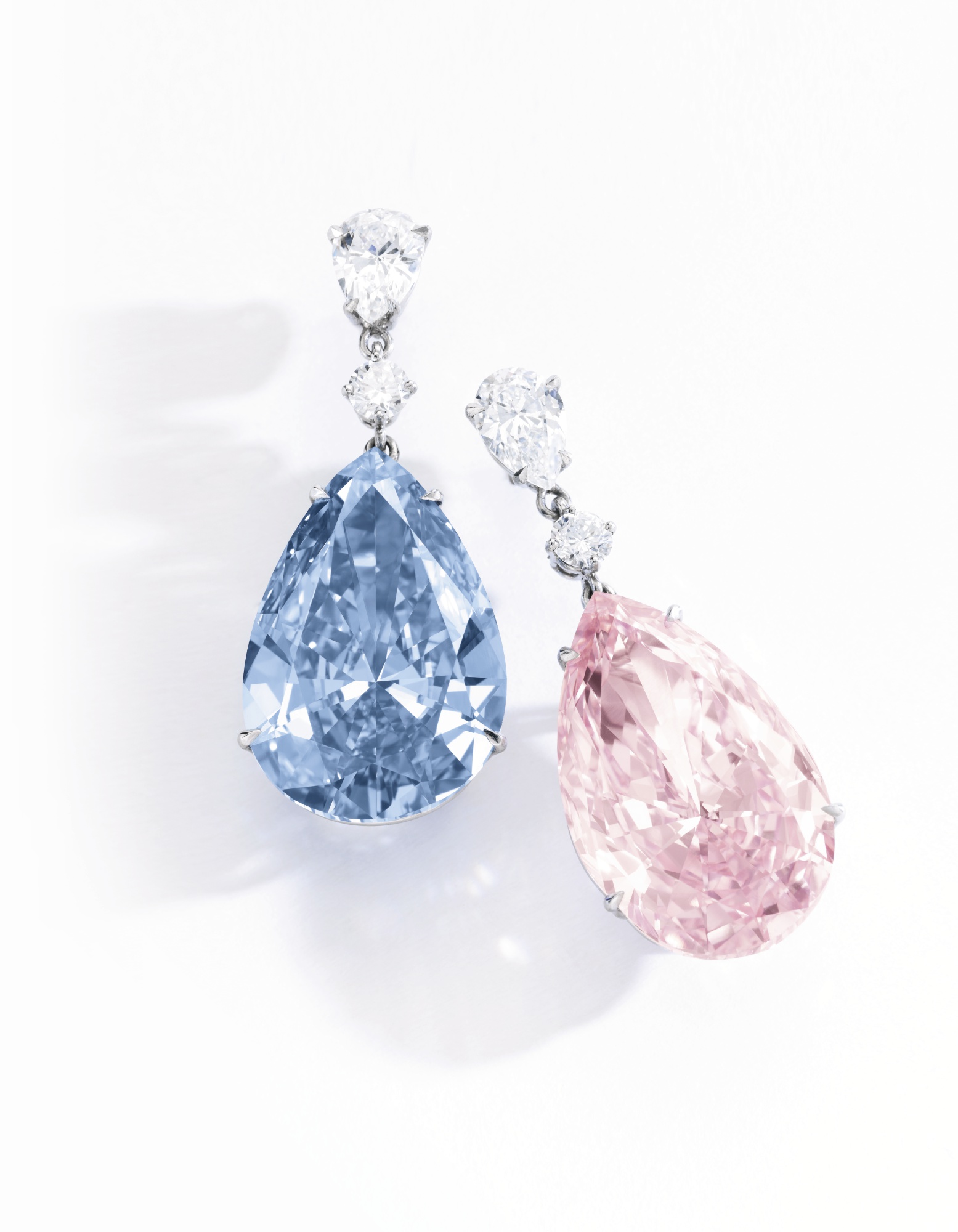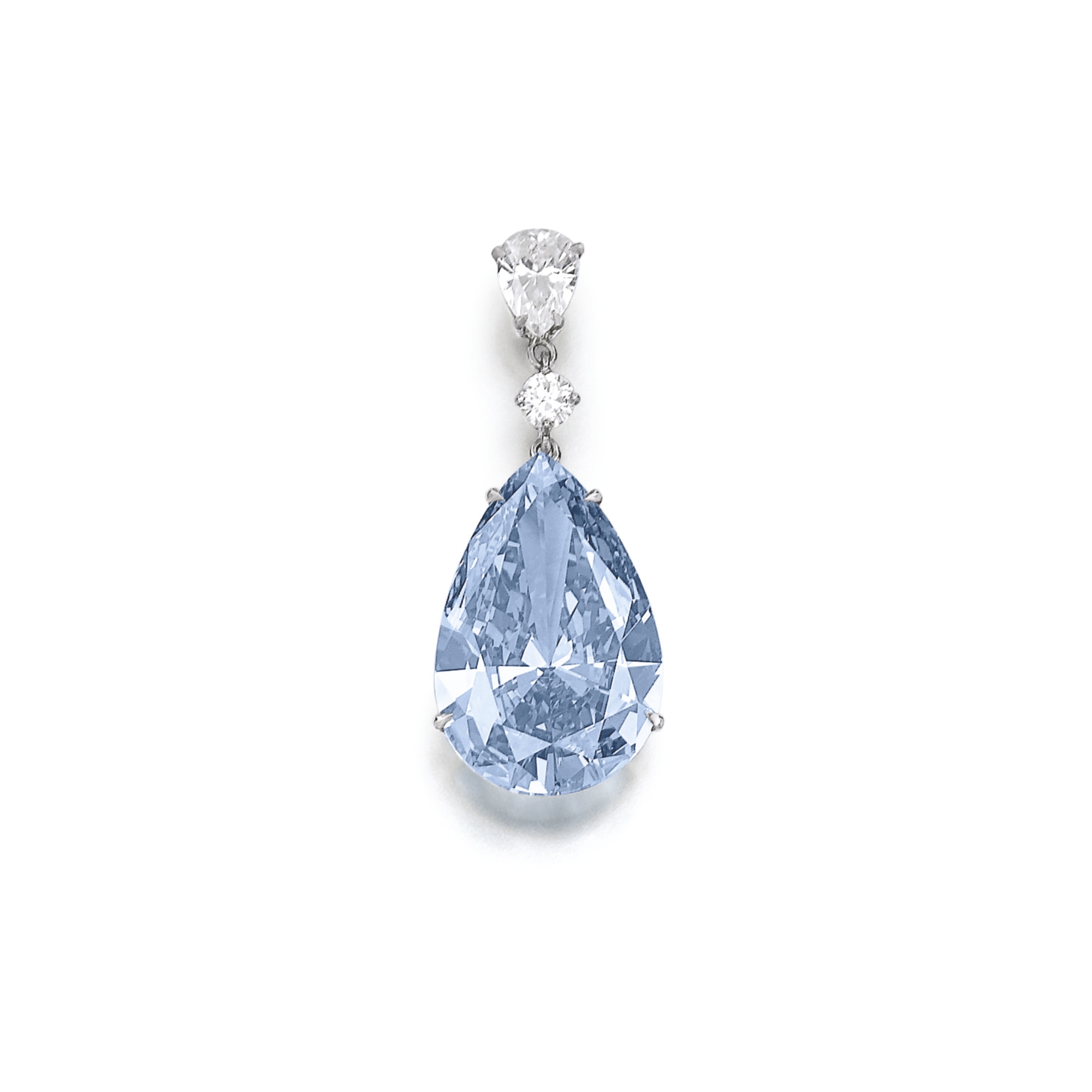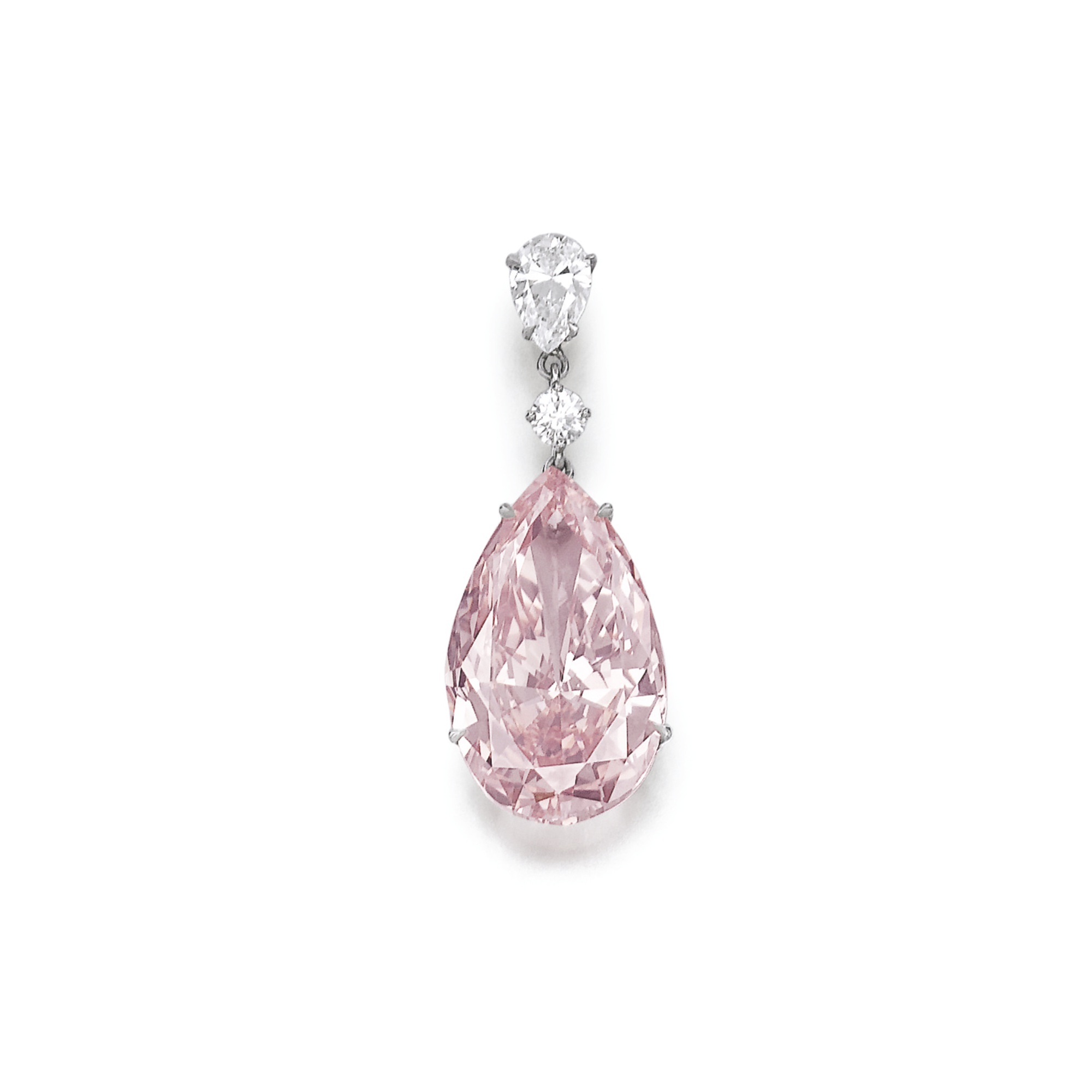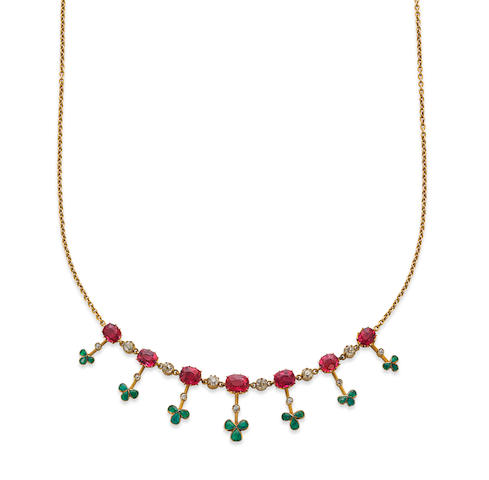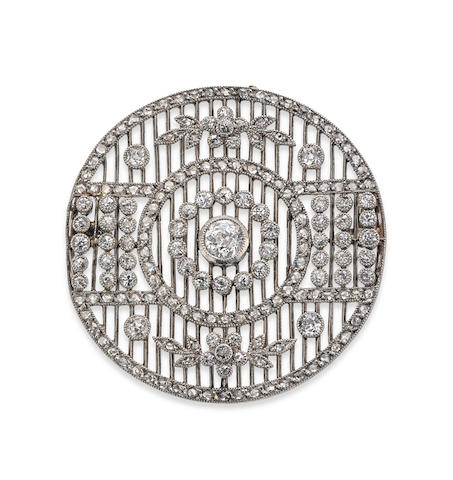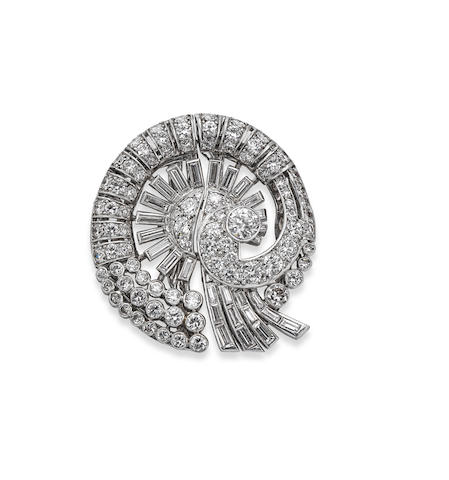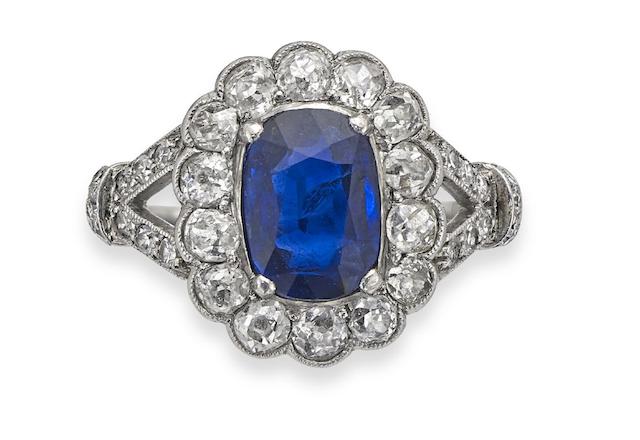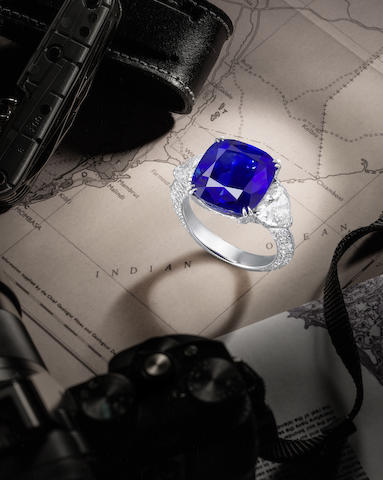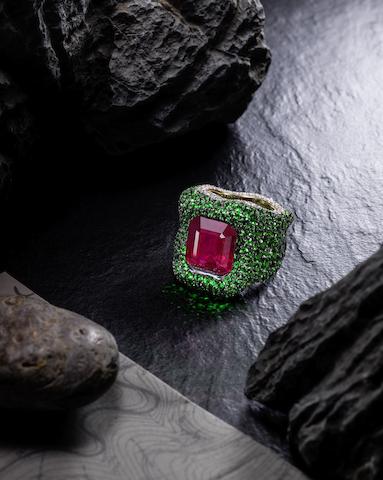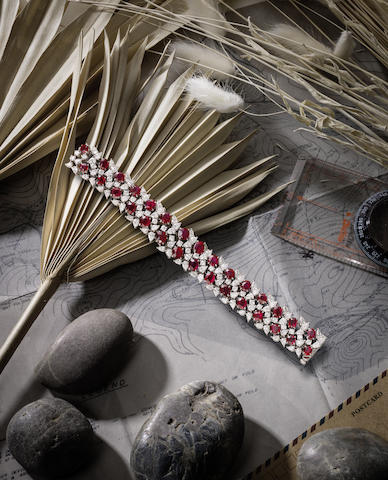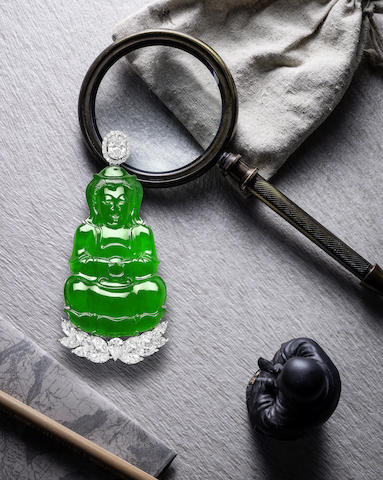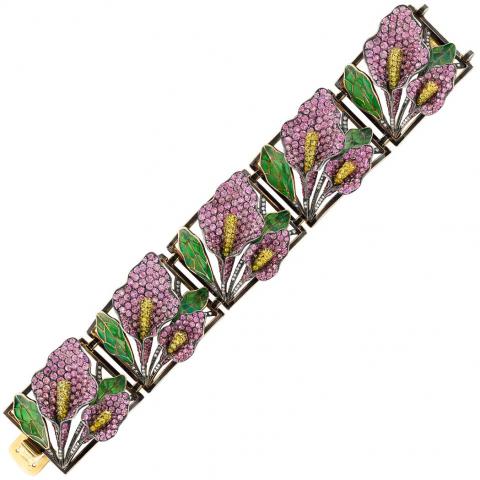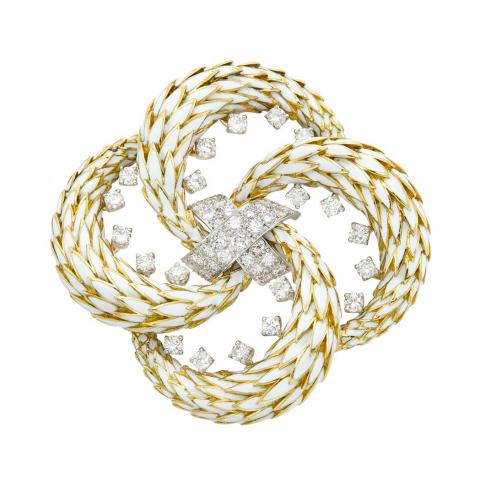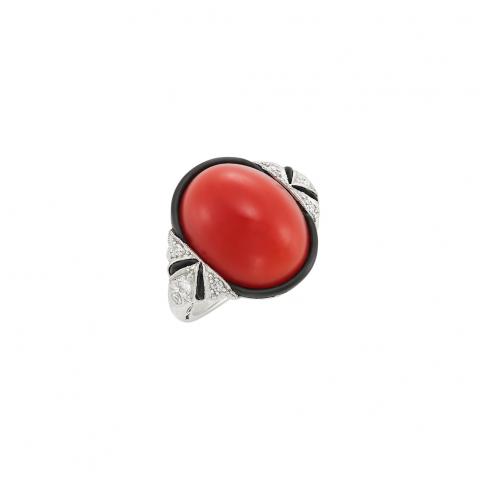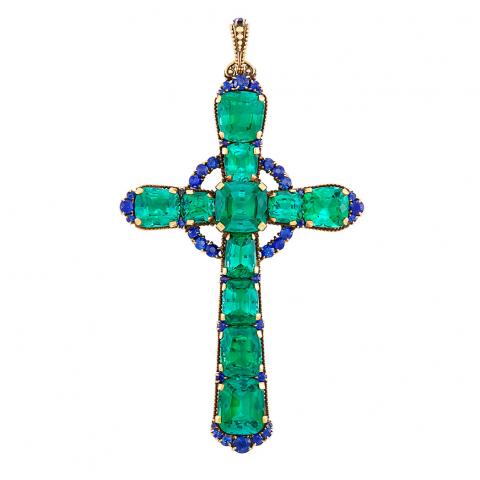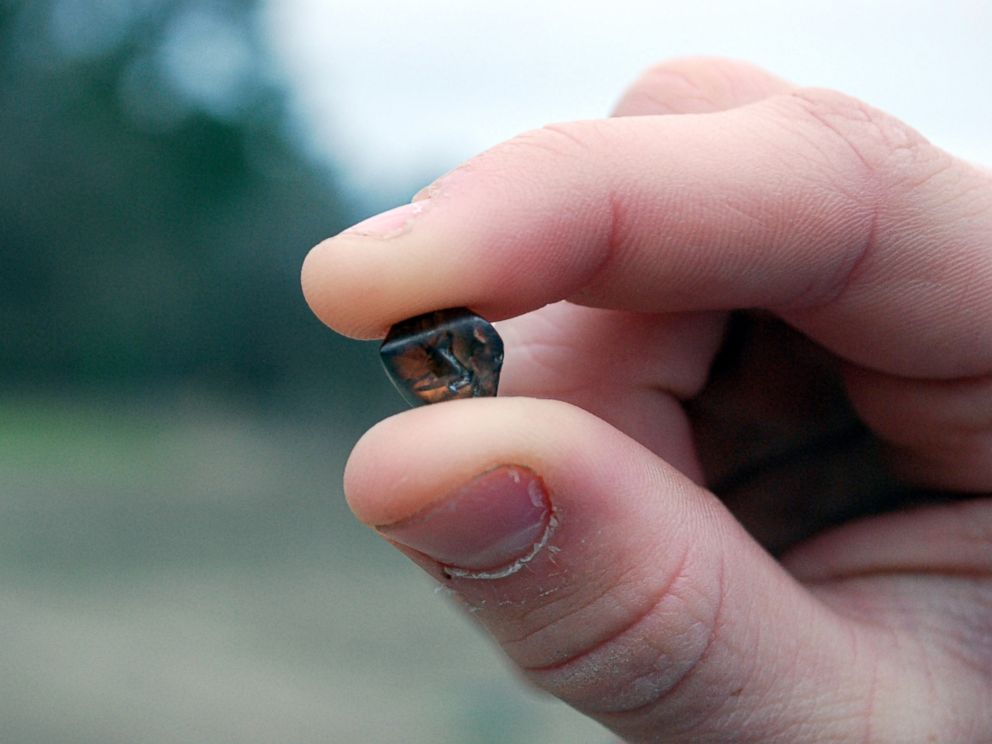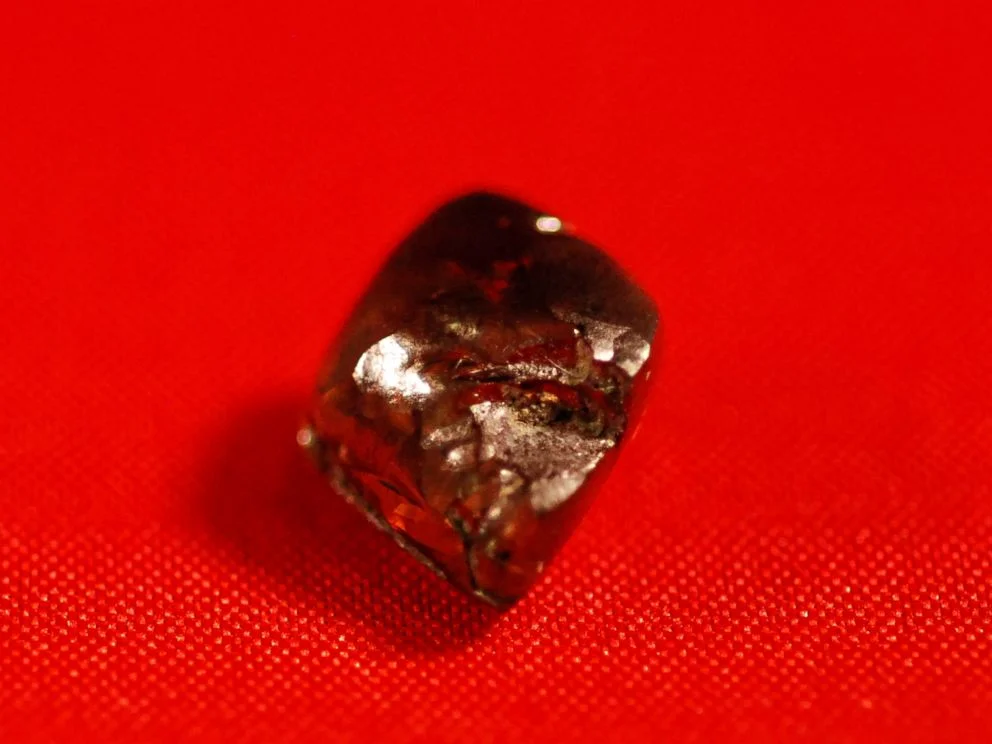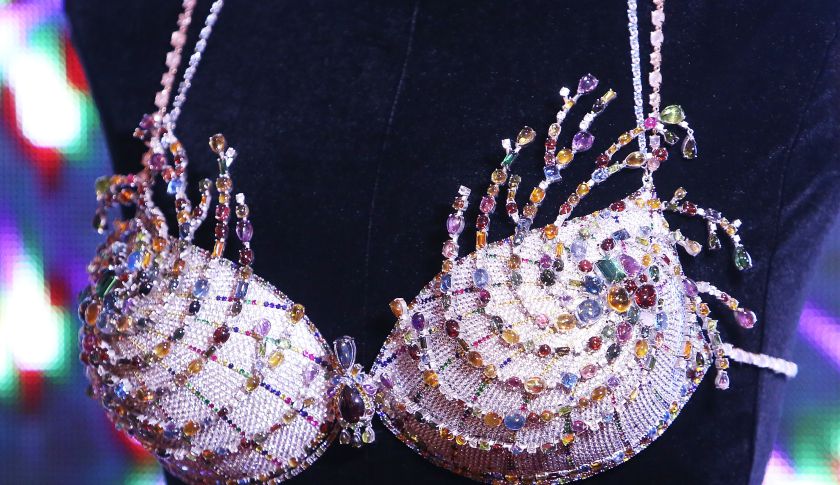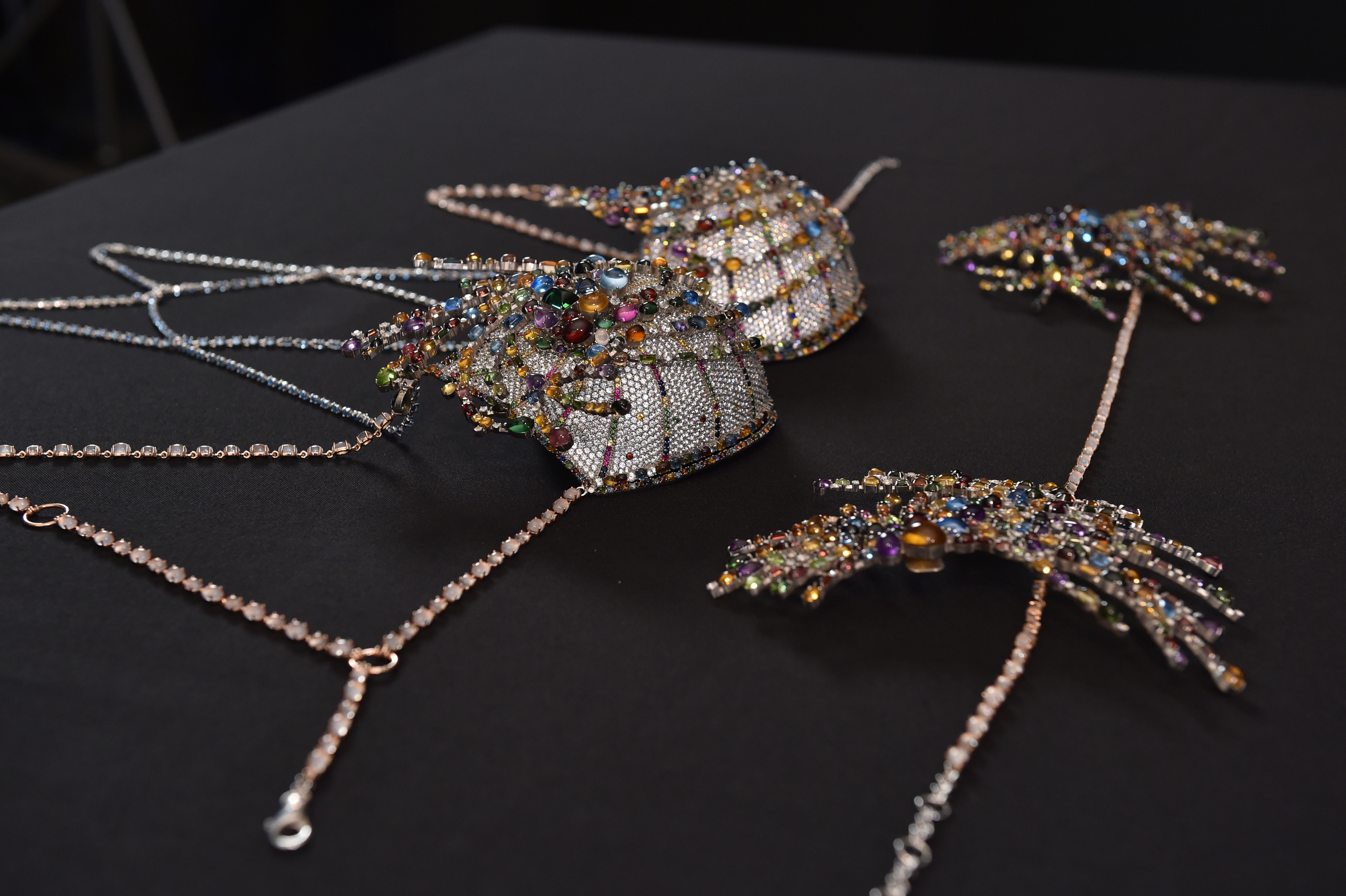Spring Into May Auctions
/A peek into the treasures to be found in the May auctions.
CHRITIE'S AUCTION HOUSE
In the culmination of Geneva Luxury Week, the Magnificent Jewels auction features a fantastic 92 carat D Flawless heart-shaped diamond pendant, named ‘La Légende’, and a pair of chandelier earrings, named ‘La Vie Bohème’, both by Boehmer et Bassenge. With a thematic section dedicated to the Dolce Vita era along with pieces formerly owned by Doris Duke and Elizabeth Taylor, the sale embraces distinguished provenance and jewellery with a storied past. Signed pieces from Bulgari and Cartier, Kashmir sapphires, Burmese rubies and Columbian emeralds round out an exceptional sale this season.
The Magnificent Jewels Hong Kong auction features an assortment of natural gemstones including pearls, jadeite, and diamonds of various colors.
SOTHEBY'S AUCTION HOUSE
Sotheby’s spring sale of Magnificent Jewels and Noble Jewels at Mandarin Oriental, Geneva will be led by the ‘Apollo and Artemis Diamonds’. Individually, these captivating diamonds – one Fancy Vivid Blue, one Fancy Intense Pink – are truly exceptional stones and when considered as a pair, they enter a class of their own: the most important earrings ever to appear at auction. Offered separately as individual lots, ‘The Apollo Blue’ will be presented with an estimate of CHF 38,125,000–50,160,000 ($38,000,000–50,000,000) and ‘The Artemis Pink’ is estimated between CHF 12,545,000–18,060,000 ($12,500,000–18,000,000). The sale features jewellery from different collections comprising signed jewels and superb gemstones. Gems from Kashmir, Burma, Colombia rub shoulders with signed jewels from the most iconic and well-known jewellery houses, such as Cartier, Van Cleef & Arpels, Lacloche, Bulgari, Schlumberger and Tiffany.
BONHAM'S AUCTION HOUSE
Bonham's Rare Jewels and Jadeite May 31, 2017 Hong Kong
DOYLE'S FINE JEWELRY AUCTION
Doyle will hold the Spring 2017 sale of Fine Jewelry at The Paley Center for Media in Beverly Hills on Monday, May 22, 2017 at 10am (Pacific). Our West Coast sales of Fine Jewelry attract hundreds of bidders vying for exquisite designs consigned from prominent private collections and estates. The range of offerings includes stylish jewelry for garden lunches to glittering statement pieces perfect for the red carpet!

